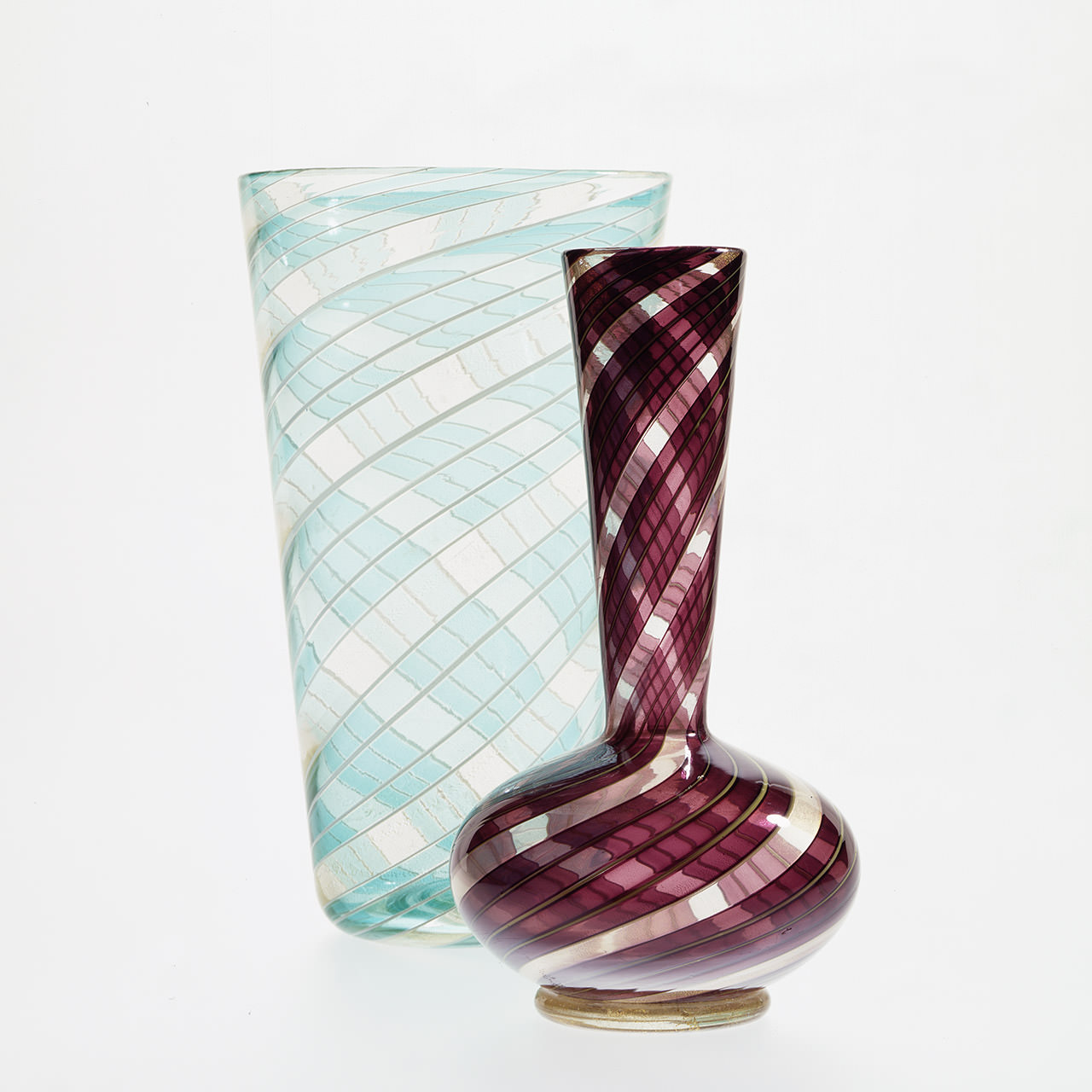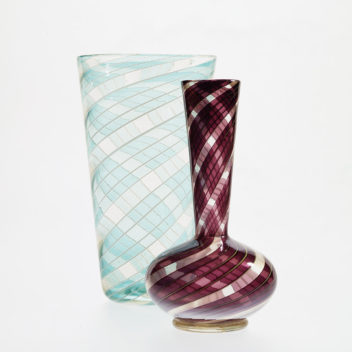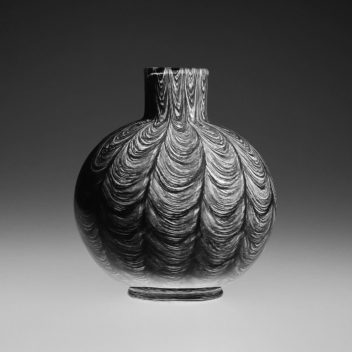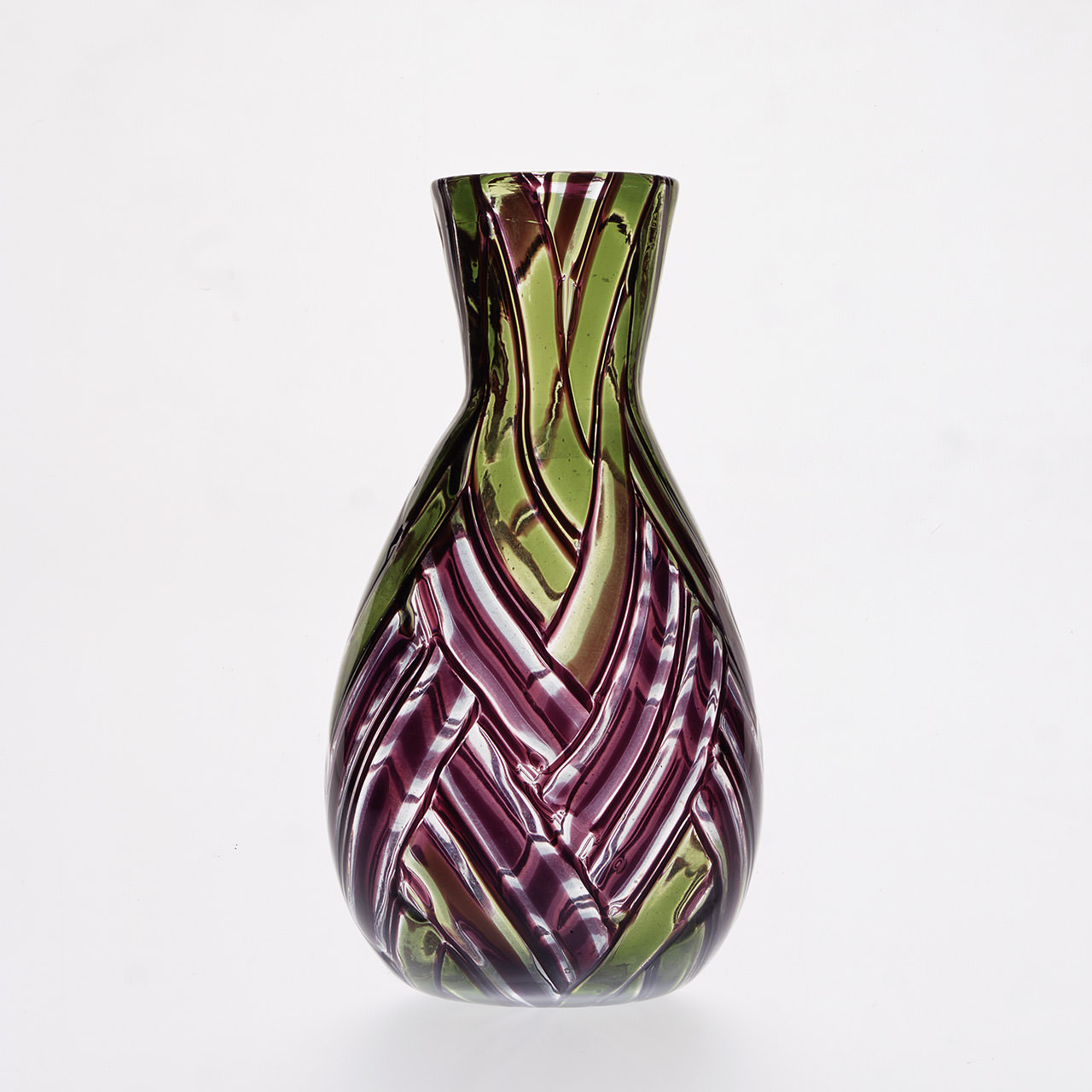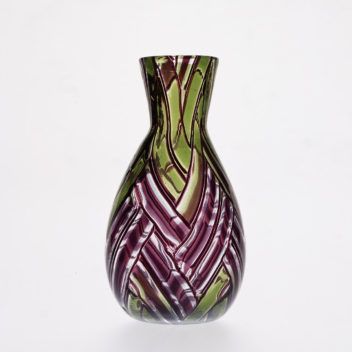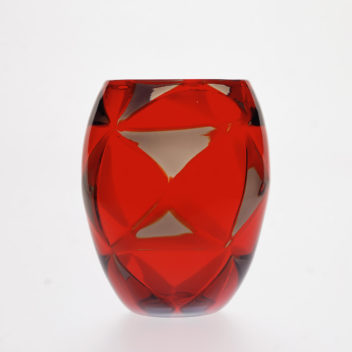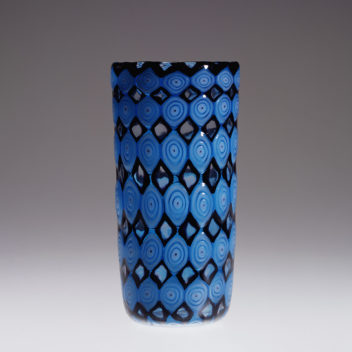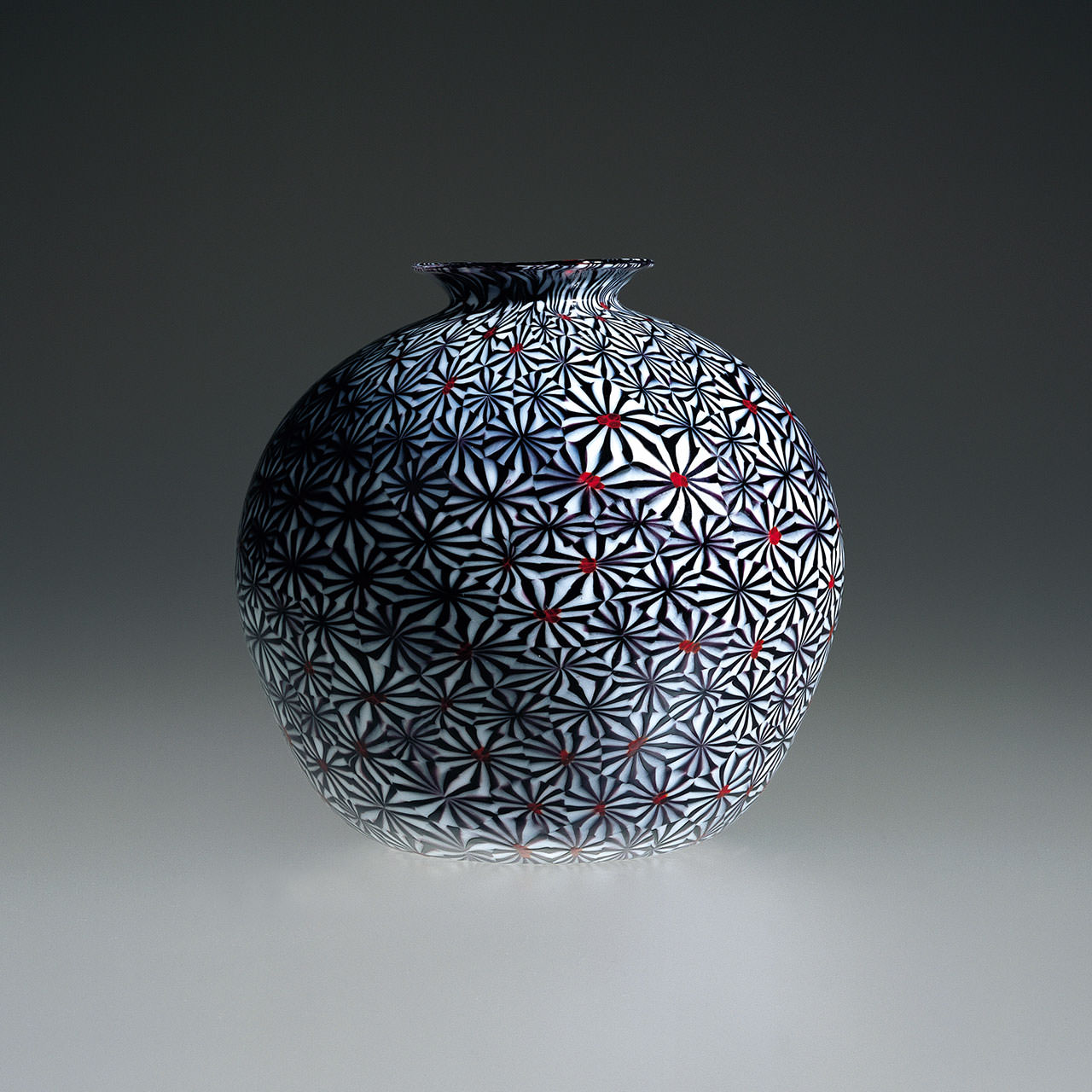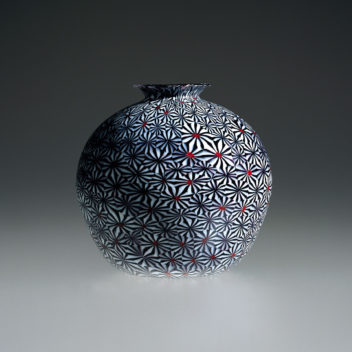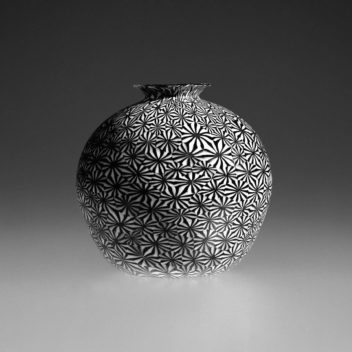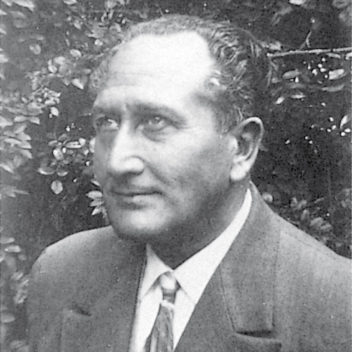
Ermanno Toso 1903–1973
Born on Murano, Ermanno Toso began to work at the Fratelli Toso workshop in 1924, where he was later to become a partner. In 1936, he was named artistic and marketing director of the company. During the period preceding World War II, he created thick glass pieces using traditional decorative techniques that were characterized by simple and solid shapes inspired by the Novecento style. During the ’50s, he created a collection of extraordinarily lightweight glass pieces based on a modern interpretation of classical techniques, such as filigrana and murrina. During the ’60s, his creative talent led him towards an absolute multicolored sobriety.
